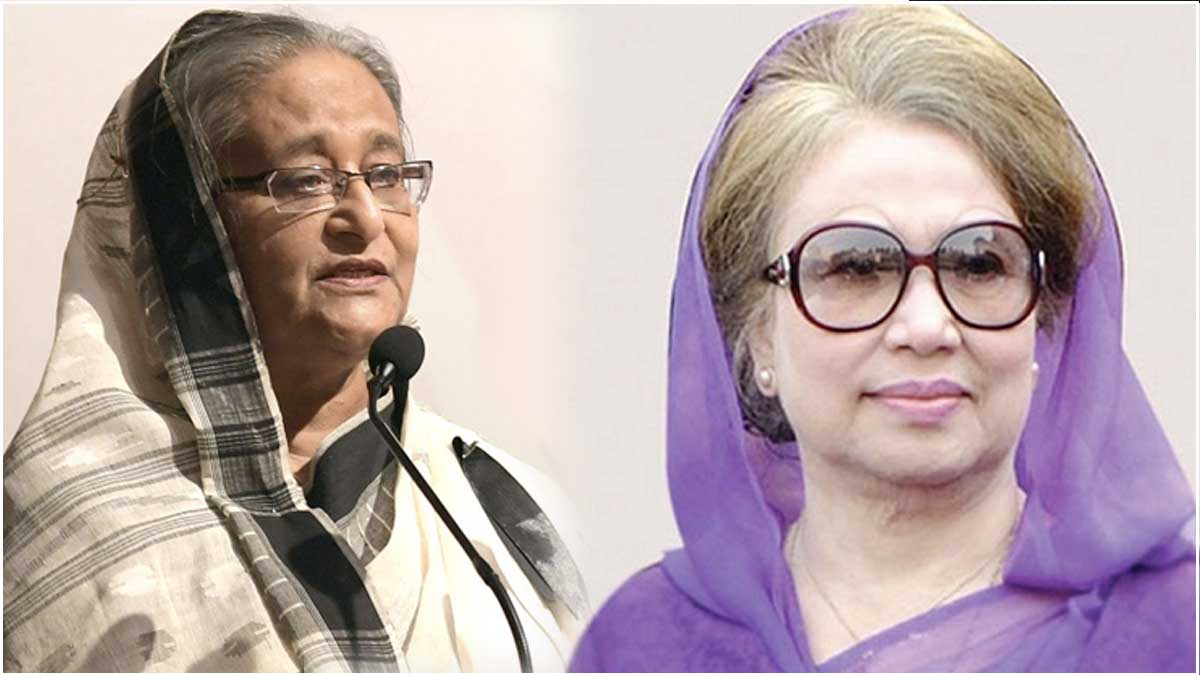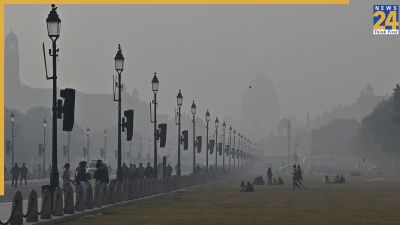Recent intelligence reports reveal that the blueprint for regime change in Bangladesh, which witnessed massive protests leading to the fall of Sheikh Hasina’s government, was drafted in London in collaboration with Pakistan’s ISI. Bangladeshi officials claim to have evidence of meetings between Tarique Rahman, acting chief of the Bangladesh Nationalist Party (BNP) and son of Khaleda Zia, and ISI officials in Saudi Arabia.
Role Of Social Media And ISI Influence In the Bangladesh Turmoil
Leading up to the violence, numerous “anti-Bangladesh” handles on X (formerly Twitter) were continuously fueling the protests. Over 500 negative tweets against the Sheikh Hasina government, including those from Pakistani handles, were identified. Sources indicate that the Pakistan Army and the ISI aimed to destabilize Hasina’s government and restore the pro-Pakistan BNP to power. China, through the ISI, also played a role in escalating the protests, ultimately forcing Hasina to flee to India.
Conspiracy Against Hasina’s Government
The protests, which began as a response to a controversial job quota system, quickly evolved into a broader anti-government movement, resulting in over 300 deaths and hundreds of injuries. The ISI-backed Islami Chhatra Shibir (ICS), the student wing of Jamaat-e-Islami Bangladesh, played a significant role in inflaming the protests, with the aim of replacing Hasina with a regime friendly to Pakistan and China. Intelligence inputs suggest that Islami Chhatra Shibir meticulously planned the protests for several months, with significant funding believed to have originated from Chinese entities operating in Pakistan.
Social Media Amplification
During the Bangladesh protests, social media activity showed that the bulk of posts against the Awami League, videos of violence, and posters demonizing Sheikh Hasina were manufactured by the BNP and its affiliates. Many of these posts were amplified by US-based accounts, highlighting the international dimension of the campaign against Hasina.
Roots And Escalation Of The Protests
The roots of the protests lie in a controversial quota system that reserved up to 30% of government jobs for family members of veterans from Bangladesh’s 1971 war of independence against Pakistan. Despite the Bangladesh Supreme Court reducing the job quotas to 5%, the protests intensified, with agitators demanding Hasina’s resignation. On August 4, the situation escalated further, resulting in over 100 deaths in clashes with police.
Government Overthrow And Interim Administration
On Monday, Hasina resigned as Prime Minister and fled the country, leading to the Bangladesh Army taking control. President Mohammed Shahabuddin announced the formation of an interim government and dissolved the Parliament. The president also ordered the release of former Prime Minister Khaleda Zia, signaling a significant shift in the political landscape of Bangladesh.
Also Read: Bangladesh Crisis: How The West, Including UK And US, Influenced Sheikh Hasina’s Resignation













